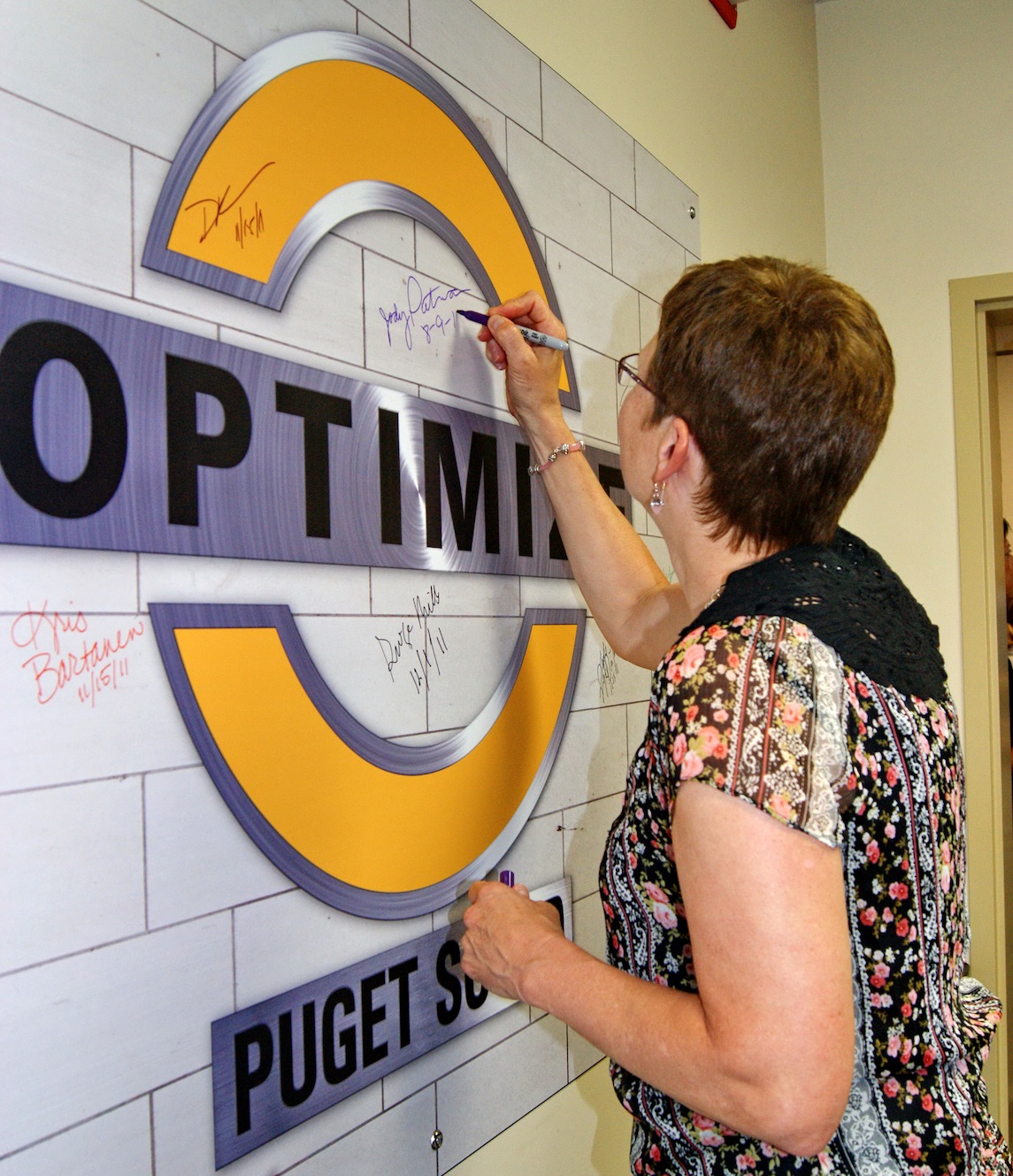
Over the past year, the University has been in a process of incremental transition from Cascade (the in-house developed software system that the University has used since the 1990s) to a new software system called PeopleSoft. PeopleSoft is an application created by Oracle, a company that provides hardware systems and business software.
The switch to the PeopleSoft financials module in July 2012 marked the first step in the transition to PeopleSoft. The human resources module was implemented in January 2013, and the campus solutions module has been implemented in phases over the past few months. As of March 25, PeopleSoft will be the official system of record for student information. However, the full changeover to PeopleSoft will take another few months to complete. In August, a user-friendly portal will be implemented. The final phase of the transition will be aimed at addressing the analytical capabilities of the University’s new software system.
The transition to PeopleSoft is part of a larger project called Optimize Puget Sound. According to the University website, “Optimize Puget Sound is a mission-critical project to improve the efficiency and effectiveness of all operations at the University of Puget Sound.”
While the PeopleSoft transition is a key aspect of Optimize, the project’s focus is not limited to technological developments.
“It is about optimizing the ways in which the Puget Sound community works together and improving the many services offered by the university,” the University website says.
Implementing PeopleSoft runs at the forefront of the Optimize project because the new software system will facilitate the aims of Optimize. The University will be more able to work together because the new software will allow for more efficient communication.
Whereas previously the University used Cascade with a number of supplemental vendor-supplied systems for specific departments, PeopleSoft is an integrated system that will connect the various components of the institution and thus allow for more effective technological communication and processes.
In a note for faculty entitled “Reasons We are Moving to PeopleSoft,” the Optimize team explained, “With the new system we will be able to track all sorts of patterns that we have not been able to track through Cascade because we will no longer have the problem of various systems not being able to talk to each other.”
Greater ease of technological communication will in turn allow the University to improve its services and better compete with other institutions.
“We are at a competitive disadvantage with peer institutions when it comes to accessing and utilizing information that is key to the successful recruitment and retention of students,” states the “Reasons We are Moving to PeopleSoft” document. “[With PeopleSoft] we will be able to identify which types of students drop out and which ones graduate with greater precision. This can help us take action, and the right kind of action, at an early point in time.”
In addition to ineffective technological communication, the need to implement a new software system can also be attributed to the changing technological world. Enterprise Resource Planning systems—which are used in most all other higher education systems—are growing in complexity. It would take significant time, effort and financial investment to maintain and update Cascade such that it continues to serve the needs of the campus community and uphold technological and institutional requirements.
The “Reasons We are Moving to PeopleSoft” document forewarns that initially the change to PeopleSoft may seem a step backward.
Some students have already found this to be the case. In February a few concerned students contacted Academic Vice PresidentMartin Jackson with a number of observations regarding the shortcomings of PeopleSoft and the ways in which Cascade was better.
Jackson explained that this seeming “step backward” is an inevitable part of the process of this transition.
“The immediate focus of the many people involved in the project is to ensure that the information in areas such as student records is accurately converted from the old system to the new one,” Jackson said. “Once these basic tasks are completed, we’ll be able to turn attention to refining the interfaces that students, staff and faculty will use.”
While it will take time to fully implement PeopleSoft and tailor the software to the University’s needs, the Optimize team asserts that the changes will benefit the institution’s technological abilities, which will in turn help the University to best fulfill its obligations to students, staff and faculty.
